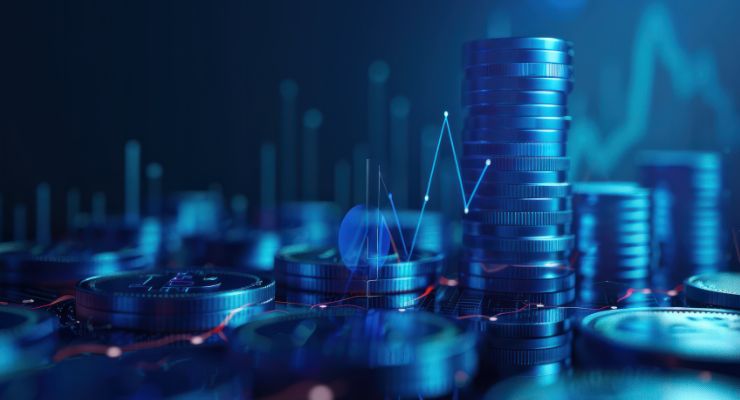The Chip Insider®– TSMC’s 60% Margin Quest: Do they really need that much?
Author: G. Dan Hutcheson

Discover the strategic insights behind TSMC's 60% margin quest in The Chip Insider®. Explore how business models, CapEx, and government subsidies shape the semiconductor industry.
SIA Awards Dinner: Held last night, it was almost its normal technology celebration of the world’s leading semiconductor executives. It has changed since COVID-19 ravaged the world and geopolitics came onto the daily agenda for senior executives. This was reflected in video talks by Senator John Cornyn and outgoing Secretary of Commerce Gina Raimondo. At the same time, it mirrored the growing complexity of our industry and the urgent need for workforce development… … The highlight for me was Aart de Geus receiving the Noyce Award, delivered by Jensen Huang. Jensen made good fun with his presentation of Aart’s central role in transforming our industry into its modern state… All made possible by Aart’s contributions. Few people are as deserving of the award as Aart. Here’s a video with Aart talking about the history of EDA and how it affected the semiconductor industry…
TSMC’s 60% Margin Quest: Do they really need that much? In the last TSMC earnings call, one investment analyst asked why TSMC needed a 60% gross margin… Here is a fuller answer:
Generally speaking, there is a lot of confusion around the IDM, foundry, and fabless business models. It comes from them being composed of the same parts: an IDM is just a combined foundry and fabless entity. Having grown apart over decades, each segment has its own experience as to what is the right business model for it. As with most humans, each segment tends to think its experience is the same for other the other segments.
Going back to the beginning, the IDM model of integrated design and manufacturing was cleaved as trends swept the industry forward. First: The sales model shifted from selling commodity system building blocks to entire systems on chip, or SoC… Second: The cost of building a fab was … Then three things happened... Here’s where the story diverges…
When the general IDM business model is split, there’s a rule-of-thumb … split of the revenues … As you go down the P&L statement, this … split holds for the gross and net margins, as well as for SG&A. What’s different is the split inverts for CapEx and R&D… If you do the math… Without this high CapEx-spend ratio, a foundry will not be able to stay on the leading edge…
It's also why TSMC needs a 60% gross margin to survive on the leading edge. When you understand this, you’ll see many current trends as strategic and not tactical. For example, TSMC raising prices over recent years… It explains TSMC’s dominance… It also explains why others -- who could not get the scale to stay on Moore’s cadence -- have had to let off the gas and brake into mature technology markets. Examine AMD’s and Samsung’s…
Finally, as not so subtly hinted above, it explains government subsidies for foundries. If they see semiconductors as a national security issue and want a fab on their shores… they will need to invest in a fab. The US, Europe, and Japan were once leaders in leading-edge semiconductor production. They looked away for decades with … faith that the market would take care of it. The market did take care of it: shifting logic technology to Taiwan and memory to South Korea. Proving that sometimes markets, in their hunt for efficiency, leave messes.
“Strategy requires a sense of the whole that reveals the significance of respective parts." — John Lewis Gaddis









